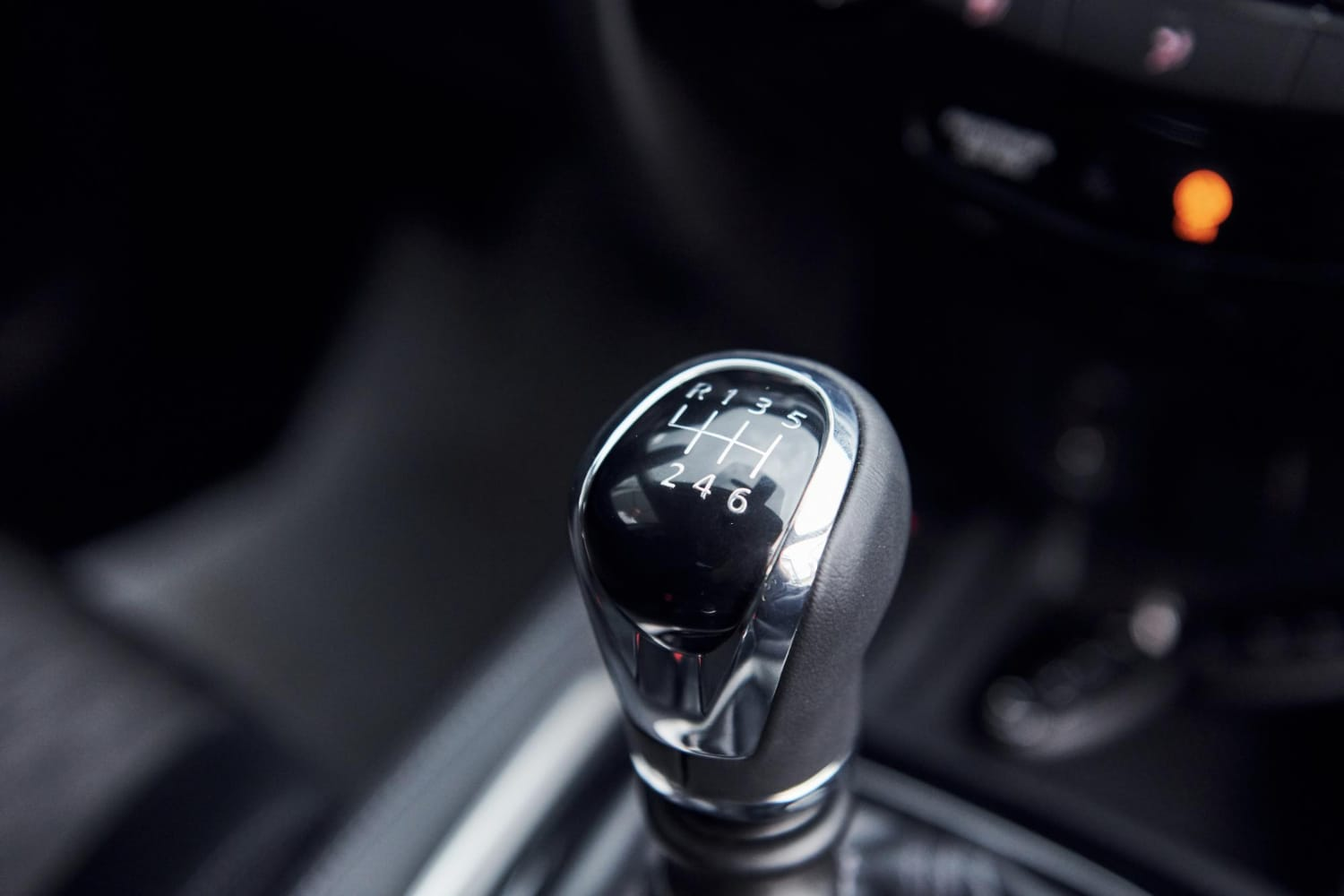
Plug-in Hybrid Electric Vehicles (PHEVs) represent a hybrid vehicle category that combines the benefits of traditional gasoline engines with electric motors powered by rechargeable batteries. This innovative technology offers drivers flexibility and efficiency by seamlessly integrating electric power with the extended range of a gasoline engine. Understanding PHEVs and their benefits reveals why they are gaining popularity as a practical solution for environmentally conscious consumers and those seeking to reduce fuel costs.

At the core of a PHEV is its dual powertrain system. Similar to conventional hybrids, PHEVs feature both an internal combustion engine (ICE) and an electric motor. However, what sets PHEVs apart is their larger battery capacity, which allows them to be charged directly from an external power source, such as a standard electrical outlet or a dedicated charging station. This capability enables PHEVs to operate in electric-only mode for a significant distance, typically ranging from 20 to 50 miles or more, depending on the model and driving conditions.
The ability to drive on electric power alone distinguishes PHEVs from conventional hybrids and offers several key benefits. First and foremost is the reduction in greenhouse gas emissions and local air pollution. By using electricity stored in the battery, PHEVs produce zero tailpipe emissions during electric-only driving mode. This is particularly beneficial in urban areas where air quality is a concern, contributing to improved public health outcomes and a cleaner environment.
Furthermore, PHEVs provide drivers with the flexibility of switching between electric and hybrid modes based on their driving needs. For short daily commutes and local trips, drivers can rely primarily on electric power, minimizing fuel consumption and operating costs. When longer trips are required, the gasoline engine seamlessly takes over, providing extended range and eliminating the range anxiety associated with fully electric vehicles.
Economically, PHEVs offer significant advantages over conventional gasoline-powered vehicles. While they may have a higher initial purchase price due to their dual powertrain technology and larger battery capacity, PHEV owners can benefit from lower fuel costs and potential tax incentives or rebates offered by governments to promote cleaner vehicles. Additionally, PHEVs typically require less frequent maintenance compared to traditional vehicles, as the electric motor experiences less wear and tear and there are fewer components prone to mechanical failure.

From a driver’s perspective, PHEVs provide a refined and quiet driving experience, especially in electric mode. Electric motors deliver instant torque, resulting in smooth acceleration and responsive performance. The transition between electric and hybrid modes is seamless, managed by sophisticated onboard systems that optimize power distribution based on driving conditions and battery charge level.
The environmental benefits of PHEVs extend beyond reduced emissions. Many manufacturers prioritize sustainability throughout the vehicle’s lifecycle, from sourcing materials for batteries to implementing recycling programs. This holistic approach aims to minimize the environmental impact associated with manufacturing and operating PHEVs, supporting a more sustainable automotive industry.
In conclusion, understanding PHEVs and their benefits underscores their role as a versatile and environmentally friendly transportation solution. By combining the advantages of electric and gasoline power, PHEVs offer drivers the best of both worlds: electric-only driving for short trips and hybrid flexibility for longer journeys. As technology continues to advance and infrastructure expands, PHEVs are poised to play a crucial role in the transition towards cleaner and more efficient mobility options, benefiting both drivers and the environment alike.





